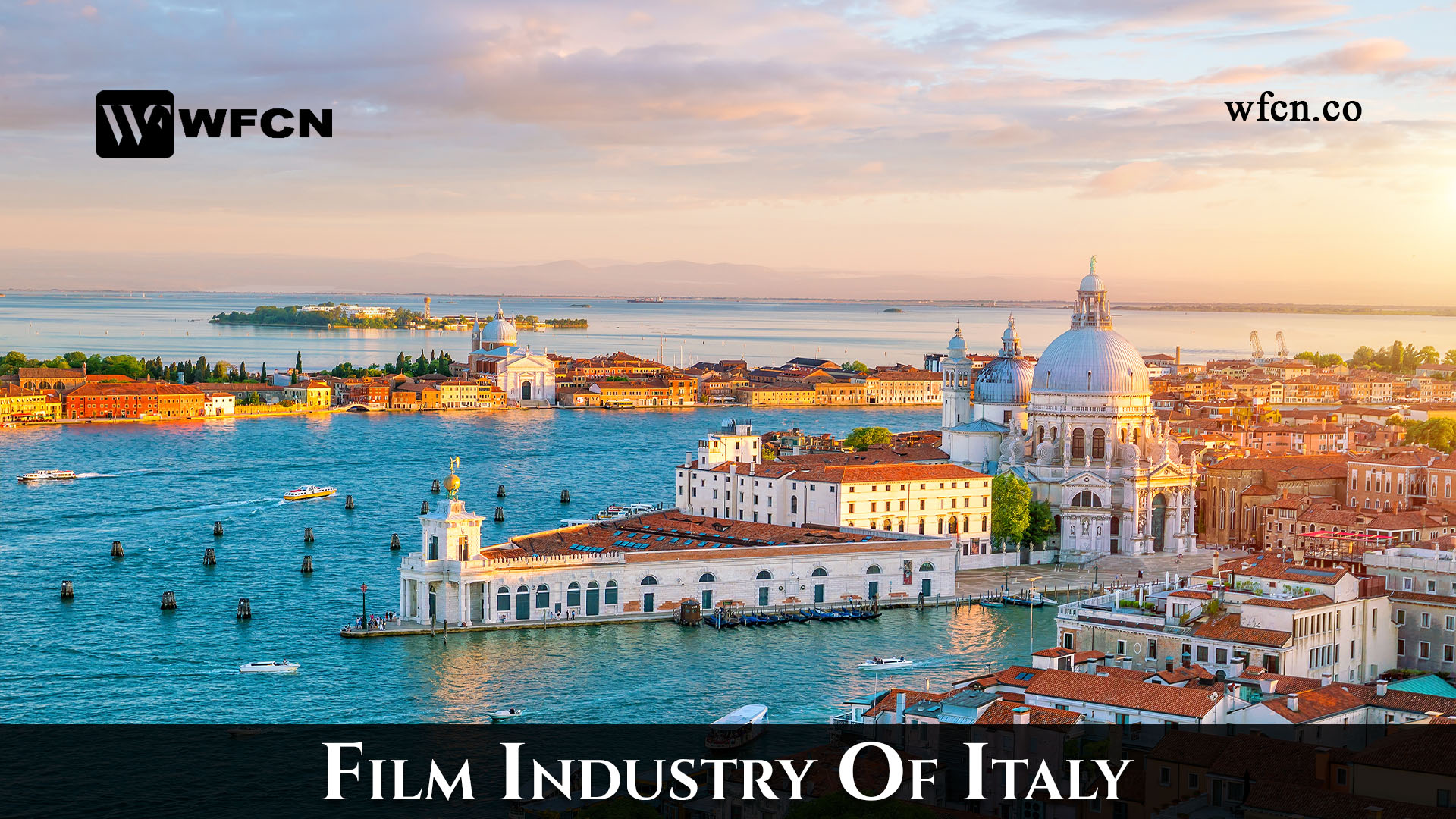Film Industry of Italy
Italy is considered one of the Birthplaces of Cinema, with pioneers like the Lumière Brothers and Georges Méliès influencing Italian Filmmakers. The Italian Film Industry gained prominence during the Silent Film Era, with classics like Cabiria (1914) directed by Giovanni Pastrone. The First Italian Film ever made was La Presa di Roma, released on September 18th 1905 and directed by Filoteo Alberini. The movie describes the last moments of Rome in the hands of the Pope, divided from the rest of Italy, as it was in 1870.
The Cinema of Italy (Cinema Italiano) pronounced comprises the Films made within Italy or by Italian Film directors. Italy is one of the Birthplaces of Art Cinema and the stylistic aspect of film has been one of the most important factors in the history of Italian Film. As of 2018, Italian Films have won 14 Academy Awards for Best Foreign Language Film (the most of any country) as well as 12 Palmes d'Or, One Academy Award for Best Picture and many Golden Lions and Golden Bears.
Golden Age of Italian Cinema:
The post-World War II era saw the rise of Italian Neorealism, a Film Movement characterized by realistic portrayals of everyday life. Directors like Roberto Rossellini, Vittorio De Sica, and Federico Fellini were central figures during this period. Fellini's La Dolce Vita (1960) and De Sica's Bicycle Thieves (1948) are among the most Celebrated Films of World Cinema. Italy experienced a Golden Age of Cinema in the 1940s and 1950s with the Emergence of Neorealism. Italian Neorealism (Italian: Neorealismo) was a National film Movement characterized by stories set amongst the poor and the working class. They are filmed on location, frequently with non-professional actors.
Neorealism was a movement that aimed to provide an unadulterated window into the harsh truths that its various artistic contributors observed around them. In order to accomplish this, Filmmakers would often hire untrained, nonprofessional actors in secondary, sometimes major roles to capture this sense of realism. They made it a point to never use Sets, but rather real settings with real people in the background to further this effect. Films of this era often focused on themes of poverty, classism, living under an authoritarian regime and the effects of war and post-war society.
The Evolution of Italian Cinema - Neorealism to Post-Modernism
Some consider Visconti’s 1943 film, Ossessione (Obsession), based on the novel The Postman Always Rings Twice by James M. Cain, to be the First Neorealist Film. However, Roberto Rossellini’s Roma Città Aperta is the first fully-realized vision of the genre. Rossellini was not only one of the founders of the Italian Neorealist movement in Film, but he is also considered to be the Father of Italian Cinema. His film won the Cannes’ Grand Prize, and a young Federico Fellini was nominated for Best Adapted Screenplay at the 19th Academy Awards; Rome, Open City, as it is referred to in America, put Italian Neorealism on the map, featuring shocking scenes of torture, abuse, violence and an unsettling execution scene to highlight the immediate aftereffects of Nazi occupation of Rome.
Cinecittà Studios:
Cinecittà Studios in Rome is a renowned Film Studio complex that has played a crucial role in the Italian and International Film Industry. It has been the production site for many classic films. Established in 1937, Cinecittà in Rome is one of the Largest Film Studios in Europe. It has been the backdrop for numerous Iconic Films and continues to be a hub for Italian and International Film Productions.
Genres and Styles:
Italian Cinema spans a wide range of genres, including drama, comedy, historical epics and crime films. The Spaghetti Western Genre gained International Popularity in the mid-20th century with directors like Sergio Leone achieving acclaim. Italian Cinema covers a broad spectrum of Genres including Drama, Comedy, Crime and Historical Films.
Internationally Acclaimed Italian Film Directors:
Italian Film Directors like Paolo Sorrentino, Matteo Garrone and Nanni Moretti have received International Recognition for their work.
Contemporary Italian Films:
In recent years, Italian Filmmakers have continued to produce notable works. Film Directors such as Paolo Sorrentino ("The Great Beauty"), Matteo Garrone ("Gomorrah"), and Luca Guadagnino ("Call Me by Your Name") have garnered international attention.
Film Festivals:
The Venice Film Festival, established in 1932 is one of the Oldest film festivals globally and an essential event for the Italian Film Industry. It showcases a diverse range of International Films.
Industry Film Organizations:
ANICA (Associazione Nazionale Industrie Cinematografiche Audiovisive e Multimediali) represents the interests of the Italian Film, Audiovisual and Multimedia Industries.
Government Support:
The Italian Ministry of Culture provides support for the Film Industry through funding, incentives and policies aimed at fostering the Creation and Distribution of Italian films.
Challenges:
Like many Film Industries, Italian Cinema faces challenges such as competition from Hollywood, changing Audience Preferences and issues related to Piracy.
International Collaborations:
Italian Filmmakers often collaborate with international partners, contributing to co-productions and participating in Global Film projects.
The Italian Cinema Industry continues to be a vibrant and influential force in the world of Filmmaking, maintaining a balance between its rich Cinematic Heritage and contemporary contributions to Global Cinema.





